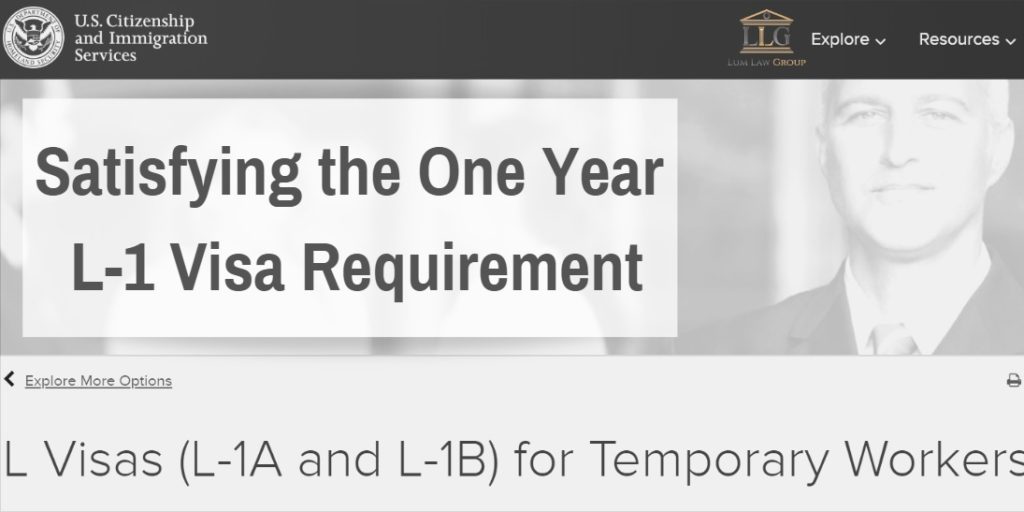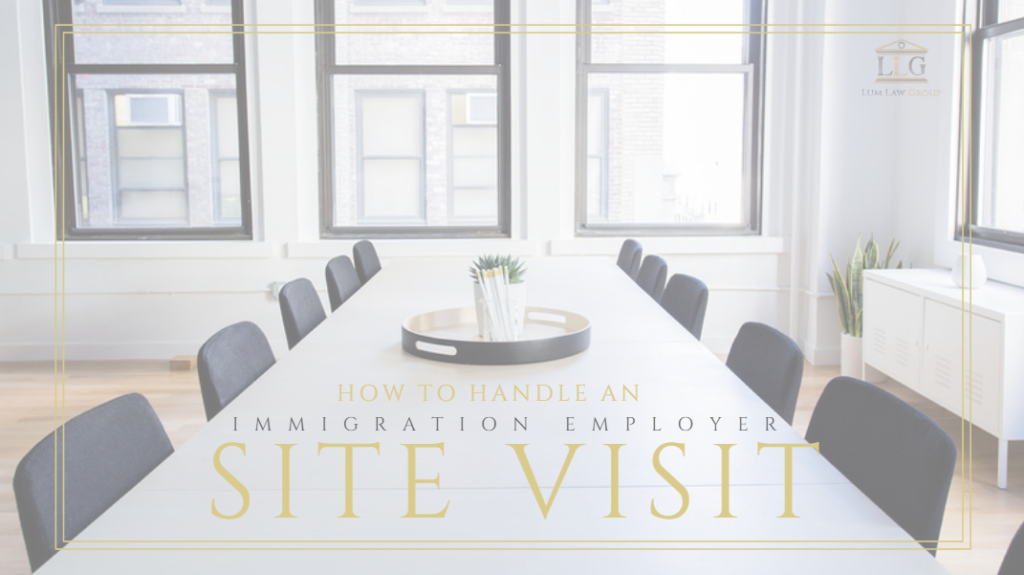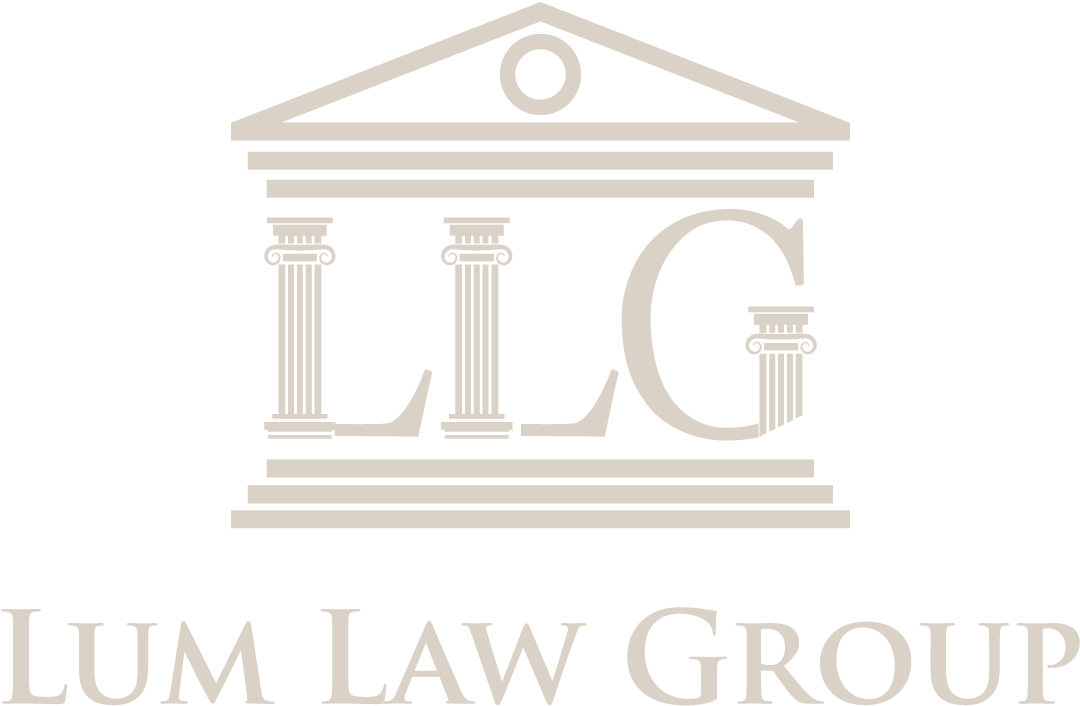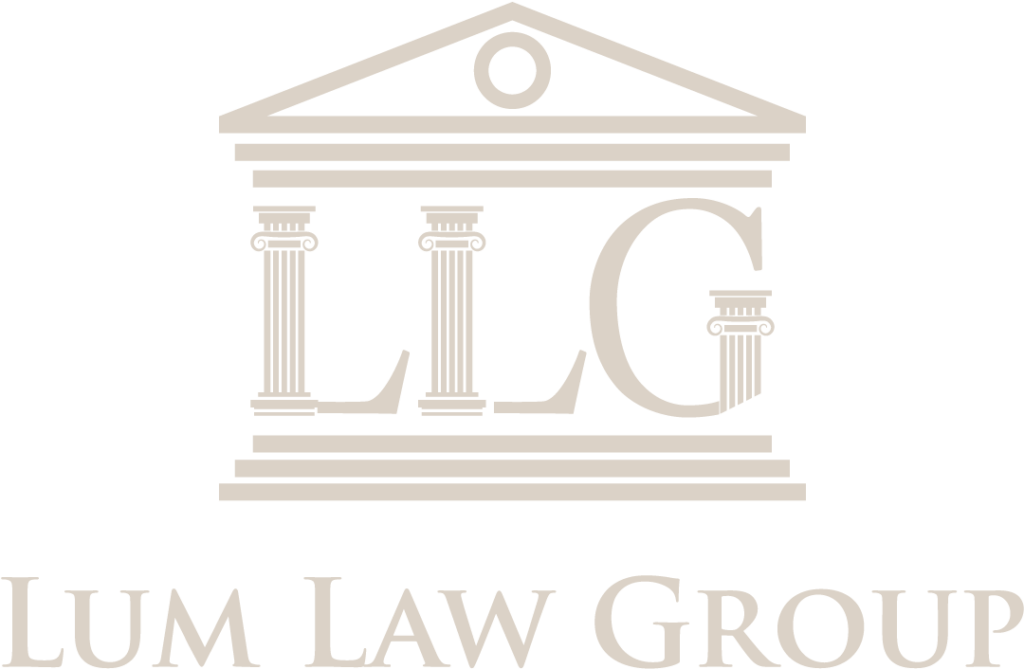Satisfying the One Year Abroad Requirement for L-1 Employment Visa

In November 2018, the United States Citizenship and Immigration Services (USCIS) issued a policy memorandum on satisfying the one year abroad requirement for L-1 visa beneficiaries. This policy memorandum is internal to the agency and cannot be used to justify a beneficiary’s qualification for L-1 visa (L-1A and L-1B Temporary Intracompany Transferee). Regardless, the policy […]
How to Handle an Immigration (USCIS) Employment Site Visit

If you’re an employer with employment-based petition(s), such as the Form 129 Petition, for your employees, you might find yourself face-to-face with audit officers from the Fraud Detection and National Security (FDNS) department. FDNS, or a third-party inspector, conducts site visits on behalf of United States Citizenship & Immigration Services (USCIS) to combat L-1 and […]

